7 Armbar Drills From Side Control And Knee On Belly
7 Armbar Drills From Side Control And Knee On Belly
In this video I show 7 Armbar Drills from Side Control and Knee On Belly position. I start with the basic shin in armbar and a couple of other variations. Then I move into a combination of knee on belly, passing and sweeping leading into the armbar.
You can substitute any of the passing or sweeps for your particular favorites that cause you to end up in a side control or knee on belly positions.
Get Faster With Faster Drills
These armbar drills and movements are a great way to build speed for your submissions and at the same time build your cardio up. After you’ve done enough reps that you feel comfortable with the movement. Start performing the reps at a faster and faster pace.
If you’ve never drilled fast. You’ll be surprised at what a few minutes of fast pace drilling can do. You’re essentially moving at the same pace as you would during a roll.
If you’re new to fast pace drilling. This video could give you a chance to try it out. Take any of the drills and start slow to nail down the movements themselves. After you get a fair level of comfort with them. Build them to the point where you can’t go any faster.
You’ll get a little sloppier than you would when you’re slow, but the speed will be useful when it’s time to roll.
Loose Knees During The Armbar Drills
Also you’ll probably notice my knees are a little loose whenever I finish the armbars in this video. This is to make sure that I don’t torque my partners arm if for some reason I fall back a bit too fast or loose my footing during the fast drilling. Every now and then I see some of the younger guys fall a bit too quickly on the armbars and over stretch their partners arm. Just something I wanted to point out.
I hope these 7 armbar drills from side control and knee on belly help.
If you have any questions, comments or requests. Just leave a message below.
http://www.Facebook.com/Chewjitsu
http://www.Instagram.com/Chewjitsu
http://www.Twitter.com/Chewjitsu
http://www.Periscope.tv/chewjitsu
-Chewy
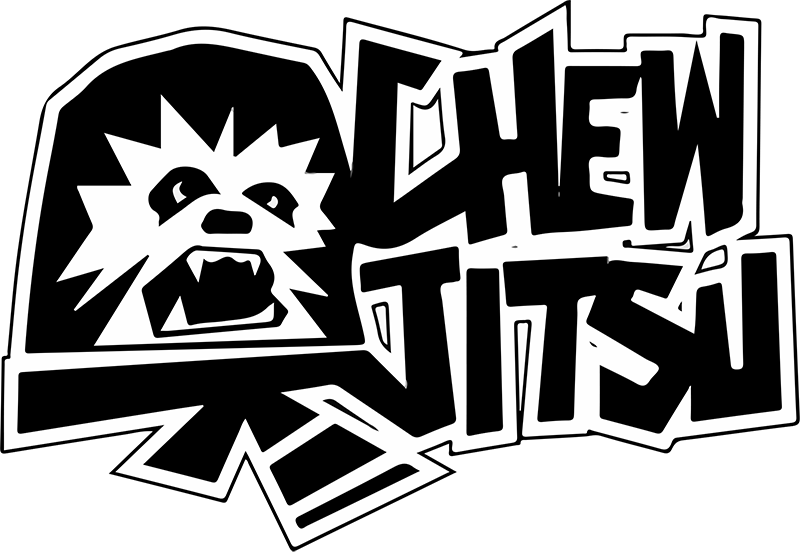
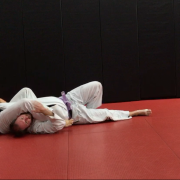
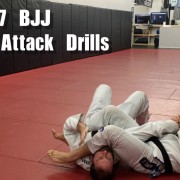
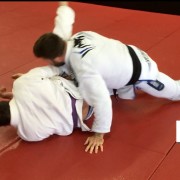
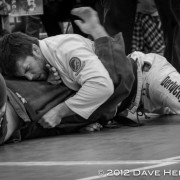

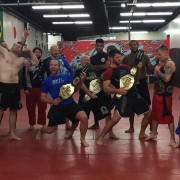
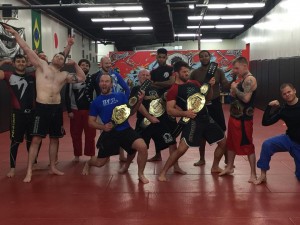

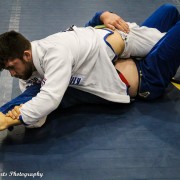
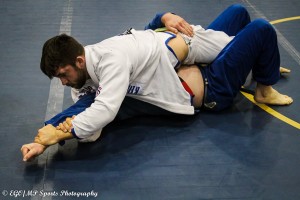 Since I was a white belt, one of my best submissions has been the kimura from side control. I’ve just had a knack for catching it. Maybe it’s the wrestler in me that feels comfortable in side control and maybe it’s the fact that I have short arms which makes the figure four lock of the kimura a strong position for me.
Since I was a white belt, one of my best submissions has been the kimura from side control. I’ve just had a knack for catching it. Maybe it’s the wrestler in me that feels comfortable in side control and maybe it’s the fact that I have short arms which makes the figure four lock of the kimura a strong position for me.